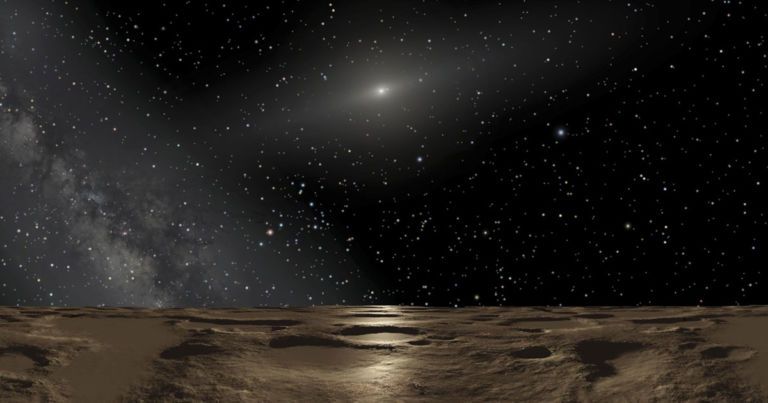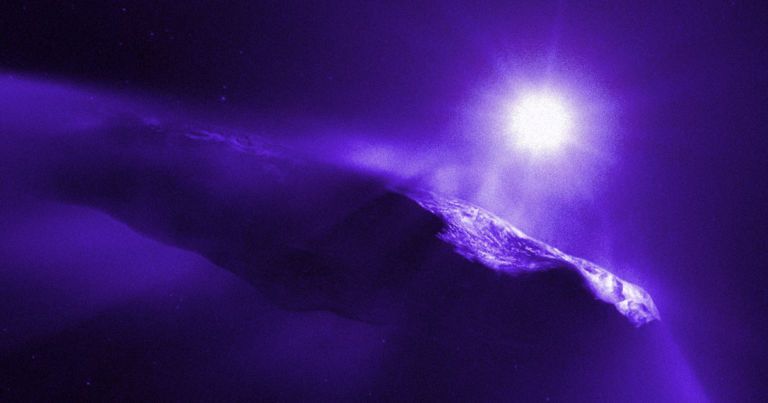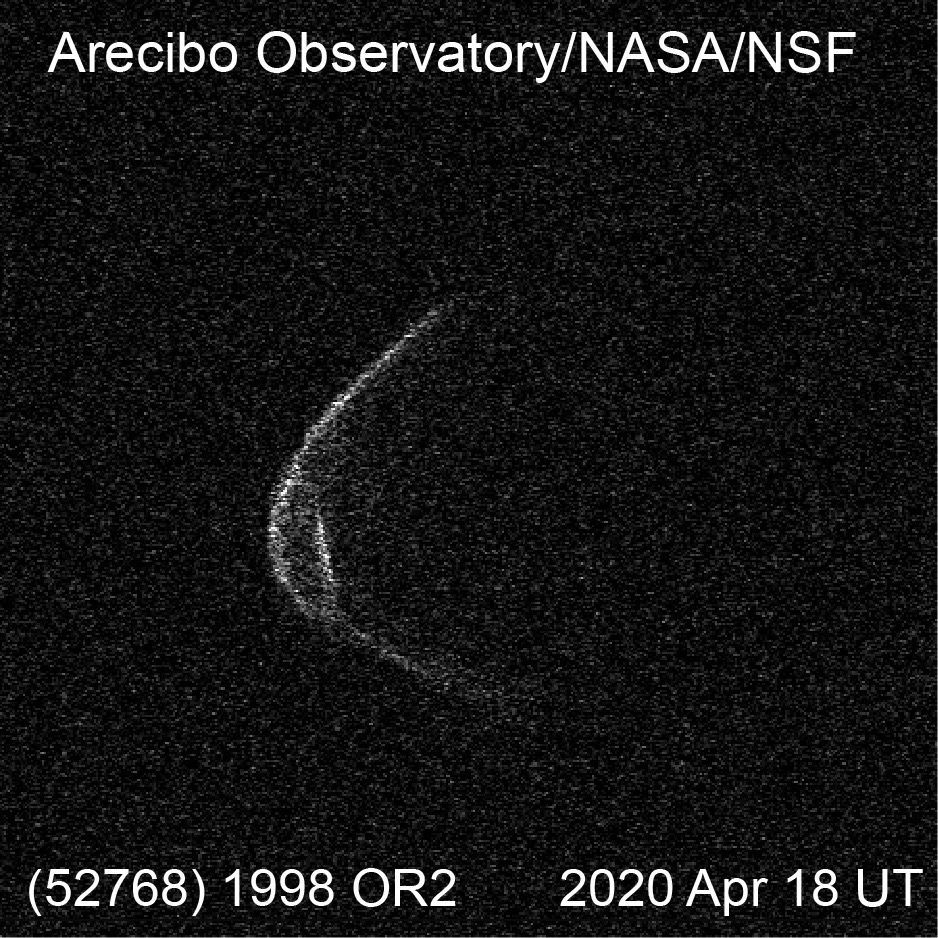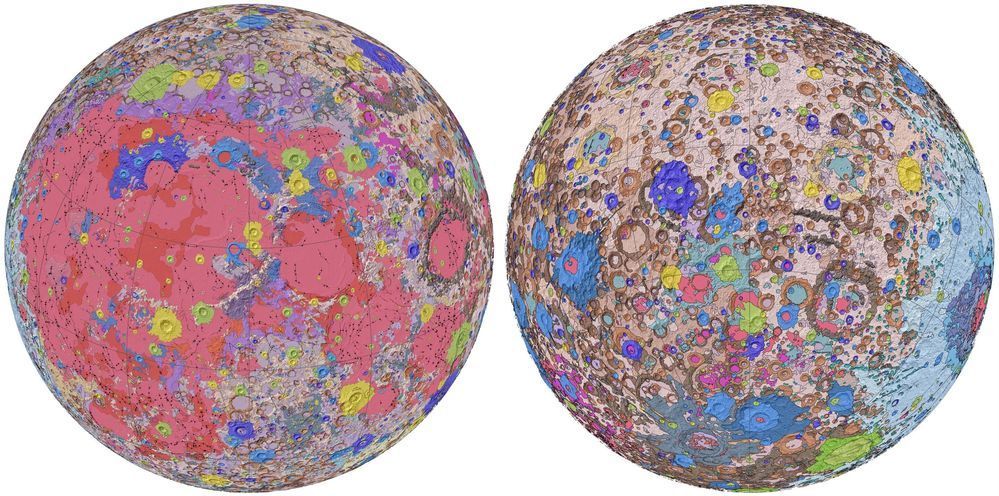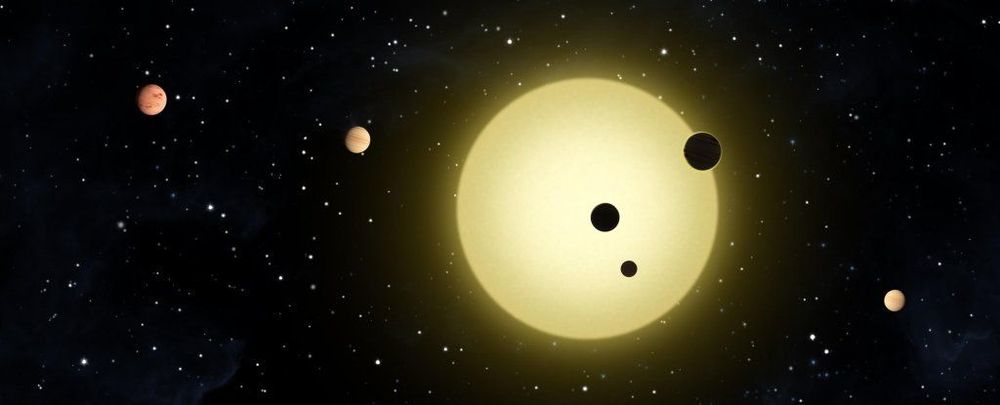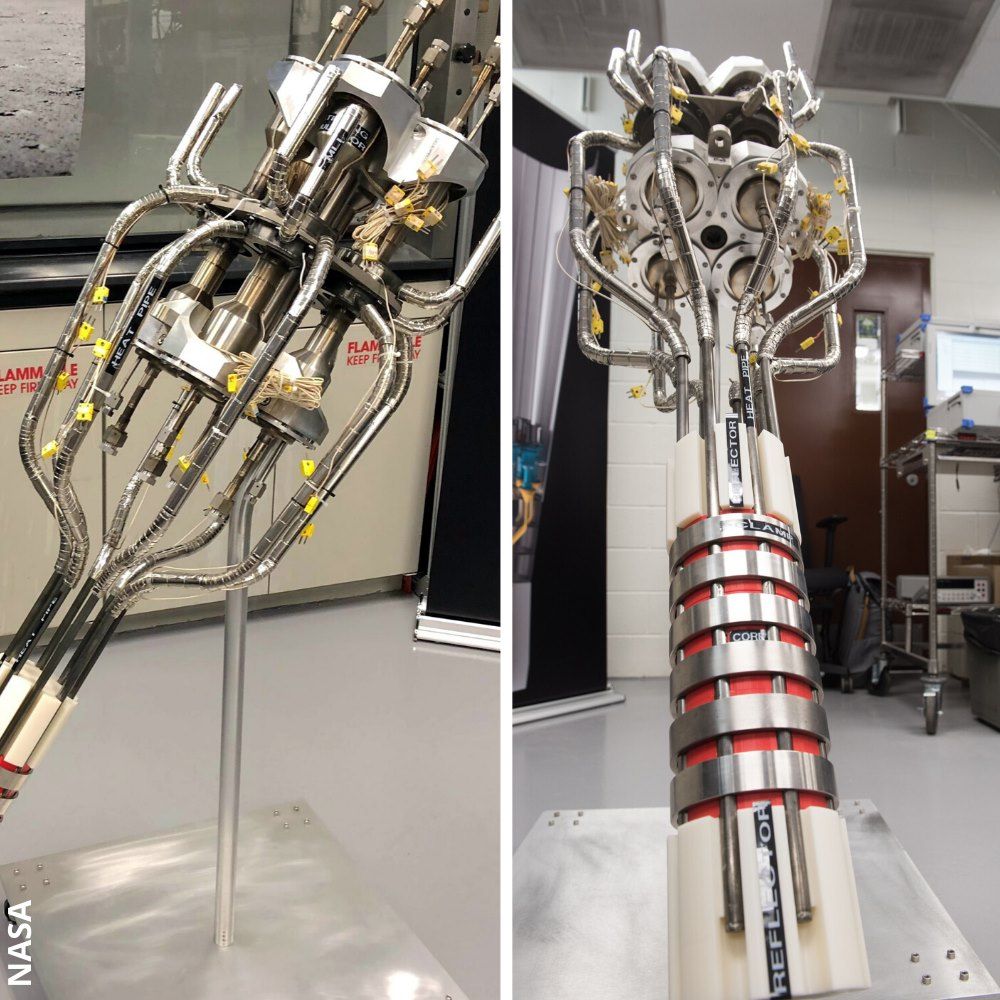Archive for the ‘space’ category: Page 681
Apr 23, 2020
NASA: Something Is Off About This Interstellar Comet
Posted by Fyodor Rouge in category: space
We have seen before🤔🤔.
Observations suggest that its home star system could resemble our own. NASA scientists have even suggested that the object may hold water.
Now, a new study by an international team of researchers led by NASA has revealed something highly unusual: gas emanating from the comet contained unusually high amounts of carbon monoxide — up to 26 times higher than that of the average comet.
Continue reading “NASA: Something Is Off About This Interstellar Comet” »
Apr 23, 2020
Big asteroid shows itself ahead of Earth flyby on April 29 (photo)
Posted by Quinn Sena in category: space
The Arecibo Observatory in Puerto Rico captured a radar image of 1998 OR2, which will zoom within 3.9 million miles (6.3 million kilometers) of our planet on April 29.
Apr 22, 2020
USGS releases first-ever comprehensive geologic map of the Moon
Posted by Fyodor Rouge in category: space
👽 Moon Map
Fyodor R.
Have you ever wondered what kind of rocks make up those bright and dark splotches on the moon? Well, the USGS has just released a new authoritative map to help explain the 4.5-billion-year-old history of our nearest neighbor in space.
Apr 22, 2020
NASA tracking asteroid taller than 6 double decker buses at 12,000mph near Earth
Posted by Quinn Sena in category: space
The asteroid, identified as 2020 GB2, is 98ft tall – the equivalent height of six double decker buses stacked on top of one another.
Apr 22, 2020
‘Nanocardboard’ flyers could serve as martian atmospheric probes
Posted by Quinn Sena in categories: space, transportation
O,.O woah!
This summer, NASA plans to launch its next Mars rover, Perseverance, which will carry with it the first aircraft to ever fly on another planet, the Mars Helicopter. As the first of its kind, the Mars Helicopter will carry no instruments and collect no data—NASA describes merely flying it all as “high-risk, high-reward” research.
With the risks of extraterrestrial flight in mind, Penn Engineers are suggesting a different approach to exploring the skies of other worlds: a fleet of tiny aircraft that each weigh about as much as a fruit fly and have no moving parts.
Continue reading “‘Nanocardboard’ flyers could serve as martian atmospheric probes” »
Apr 22, 2020
Dengue case predictor mapping system wins the 2019 NASA global hackathon
Posted by Michael Lance in categories: astronomy, big data, computing, disruptive technology, environmental, events, hacking, information science, innovation, machine learning, mapping, open source, satellites, science, software, space
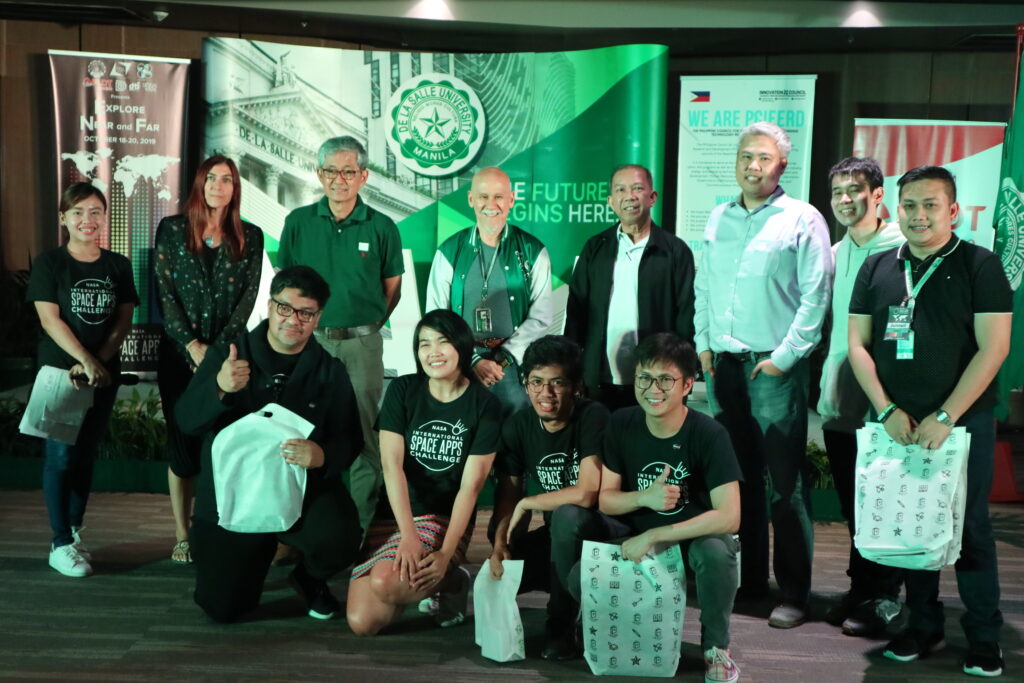
MANILA, Philippines — A dengue case forecasting system using space data made by Philippine developers won the 2019 National Aeronautics and Space Administration’s International Space Apps Challenge. Over 29,000 participating globally in 71 countries, this solution made it as one of the six winners in the best use of data, the solution that best makes space data accessible, or leverages it to a unique application.
Dengue fever is a viral, infectious tropical disease spread primarily by Aedes aegypti female mosquitoes. With 271,480 cases resulting in 1,107 deaths reported from January 1 to August 31, 2019 by the World Health Organization, Dominic Vincent D. Ligot, Mark Toledo, Frances Claire Tayco, and Jansen Dumaliang Lopez from CirroLytix developed a forecasting model of dengue cases using climate and digital data, and pinpointing possible hotspots from satellite data.
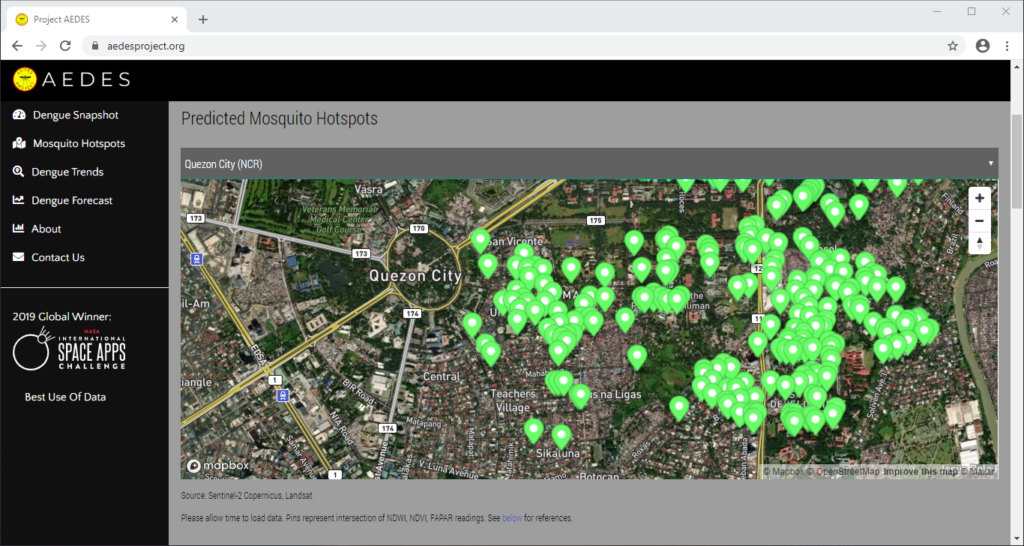
Correlating information from Sentinel-2 Copernicus and Landsat 8 satellites, climate data from the Philippine Atmospheric, Geophysical and Astronomical Services Administration of the Department of Science and Technology (DOST-PAGASA) and trends from Google search engines, potential dengue hotspots will be shown in a web interface.
Using satellite spectral bands like green, red, and near-infrared (NIR), indices like Fraction of Absorbed Photosynthetically Active Radiation (FAPAR) and Normalized Difference Vegetation Index (NDVI) are calculated in identifying areas with green vegetation while Normalized Difference Water Index (NDWI) identifies areas with water. Combining these indices reveal potential areas of stagnant water capable of being breeding grounds for mosquitoes, extracted as coordinates through a free and open-source cross-platform desktop geographic information system QGIS.
Check out the website here: http://aedesproject.org/
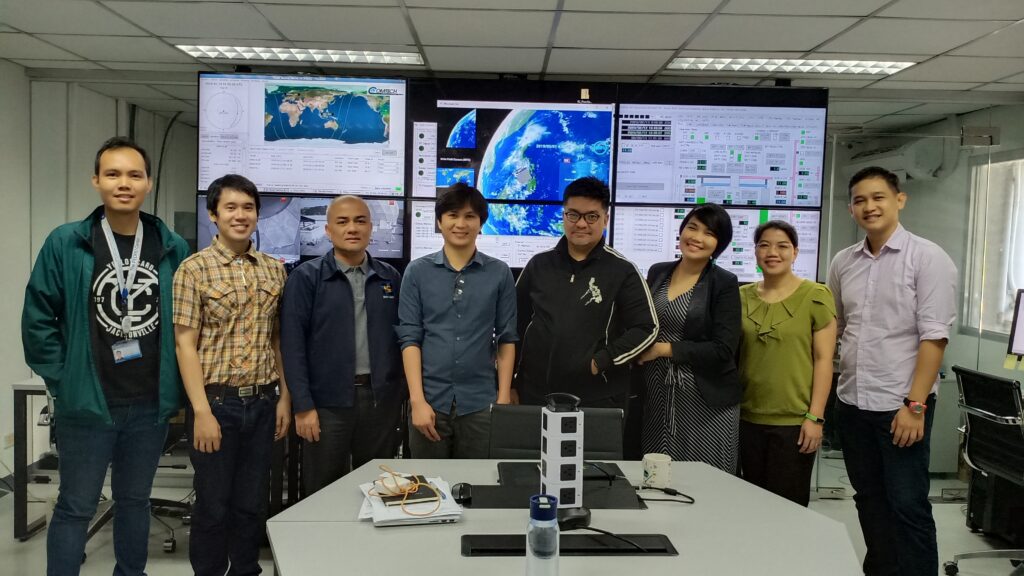
Apr 21, 2020
Habitable-zone planet found in ‘reanalyzed’ Kepler data
Posted by Fyodor Rouge in category: space
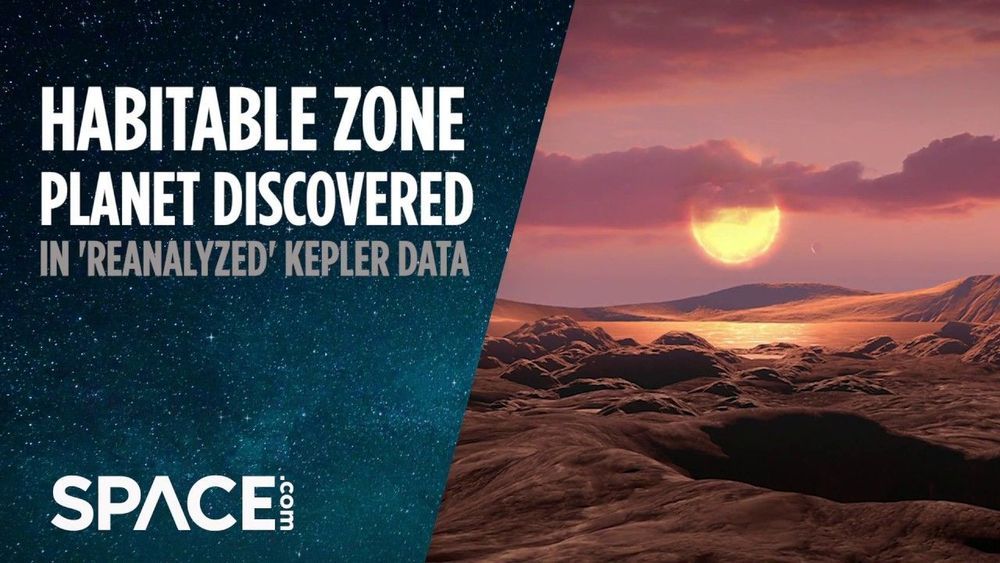
After ‘reanalyzing’ data from NASA’s Kepler Space Telescope, scientists have discovered an Earth-size planet, named Kepler-1649c, residing in its star system’s habitable zone. Full Story: https://www.space.com/earth-size-exoplanet-habitable-zone-kepler.html
: Space.com / animation: NASA/Kepler Mission/Dana Berry / Kepler-1649c illustrations: NASA/Ames Research Center/Daniel Rutter / produced & edited by Steve Spaleta (http://www.twitter.com/stevespaleta)
Apr 20, 2020
Astronomers Find a Beautiful Six-Planet System in Almost Perfect Orbital Harmony
Posted by Genevieve Klien in category: space
The star itself is about the same mass and a little larger than the Sun — a minority in our exoplanet hunts. It’s orbited by six planets: a super-Earth and five mini-Neptunes.
After monitoring it for seven years, astronomers have discovered that all six of those planets are orbiting HD 158259 in almost perfect orbital resonance. This discovery could help us to better understand the mechanisms of planetary system formation, and how they end up in the configurations we see.
Apr 19, 2020
Kilopower is a small, light-weight fission nuclear power system capable of providing up to 10 kilowatts of electrical power
Posted by Omuterema Akhahenda in categories: engineering, nuclear energy, space
Kilopower is a small, light-weight fission nuclear power system capable of providing up to 10 kilowatts of electrical power — enough to run several average households continuously for at least 10 years.
Four Kilopower units would provide enough power to establish an outpost on the Moon or Mars.
#engineering
